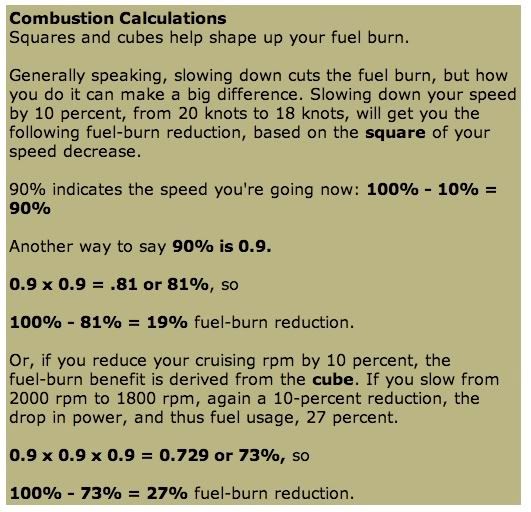Pseudomind
Active Member
- Jul 1, 2008
- 2,122
- Boat Info
- 2011 Hurricane with Magic Tilt Trailer
- Engines
- 115 HP Yamaha Four Stroke
I read this article and also another article which I cannot find, but this is interesting, but as always, what are your comments about this article (It's short)
Comments about fuel usage article
What do your calculations show? :huh:
:thumbsup:
Comments about fuel usage article
What do your calculations show? :huh:
:thumbsup:




